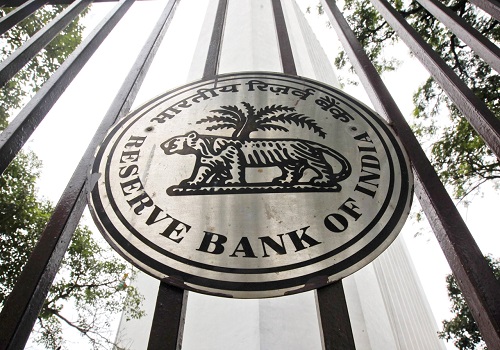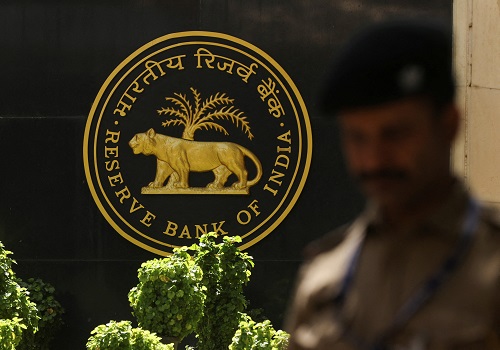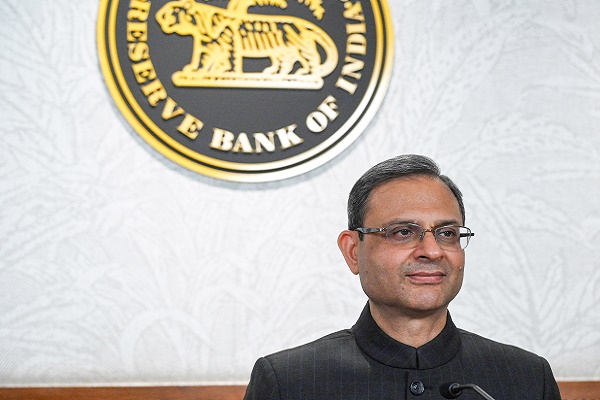Perspective on WPI Data of Ms. Rajani Sinha, Chief Economist, CareEdge

Below the Perspective on WPI Data of Ms. Rajani Sinha, Chief Economist, CareEdge
“WPI inflation eased further to 0.4% in May, coming in below expectations and marking the lowest level since April 2024. The decline was driven by continued deflation in the fuel and power category as well as in primary goods, which offset the modest inflation in manufactured products.
The outlook for food inflation has improved considerably. Positive indicators such as favorable prospects for agricultural production, recent reductions in basic customs duties on edible oils, and adequate reservoir levels are expected to keep food prices in check. The India Meteorological Department’s forecast of an above-normal monsoon further supports this outlook. However, the spatial and temporal distribution of monsoon rainfall will be crucial—especially considering the ~31% cumulative rainfall deficit observed so far. Although the monsoon arrived early, its progress has slowed. That said, it remains early in the season, and a recovery in rainfall activity remains possible. Weather-related risks will require close monitoring. On the global front, industrial metal prices have softened amid mounting concerns over global economic growth, exacerbated by an escalation in tariff tensions. The imposition of new U.S. tariffs on steel and aluminium has intensified fears of a supply glut, particularly due to continued oversupply from China. Conversely, Brent crude oil prices have surged—up approximately 16% since the end of May—amid renewed geopolitical tensions in the Middle East. These developments warrant careful observation, as they pose potential risks to global commodity markets and supply chains.
For FY26, WPI inflation is projected to average around 1.5%. Going forward, it will be essential to closely monitor both geopolitical developments and global trade dynamics, as these factors will have significant implications for inflation and input cost trends.”
Above views are of the author and not of the website kindly read disclaimer






















